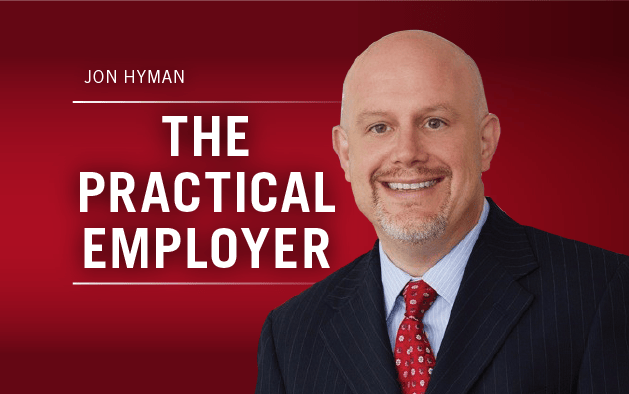Organ donors are living saints. If you are in need of an organ to save your life, and someone is willing to sacrifice a kidney, or a liver segment, or bone marrow, and selflessly accept the pain and inconvenience, you are very, very fortunate.
Sacrificing one’s organ to save another’s life should not also result in sacrificing one’s job.
Earlier this week, the U.S. Department of Labor Wage and Hour Division published Opinion Letter FMLA2018-2-A [pdf], which answers the question, “Does organ-donation surgery can qualify as a ‘serious health condition’ under the FMLA?” (Thanks to Eric Meyer for bringing this to my attention.)
The answer is yes.
The FMLA defines a “serious health condition,” in part, as an “illness, injury, impairment, or physical or mental condition that involves … inpatient care in a hospital, hospice, or residential medical care facility.” “Inpatient care” means as “an overnight stay in a hospital, hospice, or residential medical care facility, including any period of incapacity … or any subsequent treatment in connection with such inpatient care.”
According to the United Network for Organ Sharing, donors usually remain in the hospital four to seven days after the harvesting surgery. Thus, because organ donation commonly requires overnight hospitalization, it qualifies as a serious health condition covered by the FMLA.
Thus, covered employers (those with 50 or more employees on the payroll during 20 or more calendar workweeks in either the current or the preceding calendar year) must provide FMLA leave to an eligible employee-donor (someone employed for at least 12 non-consecutive months, who worked 1,250 hours during the 12-month period preceding the start of the requested leave, and who works at a location with 50 or more employees within a 75-mile radius).
What if, however, you are not an FMLA-covered employer? Or the employee-donor is not FMLA eligible? Or they already used up their 12 weeks of FMLA leave? Think twice before you deny requested time off for organ donation.
- Many states have their own specific organ-donor leave laws that require leave above and beyond the FMLA.
- The ADA may require that you grant the time off with, or without, the FMLA or state-specific law. The ADA does not require an employer to provide a reasonable accommodation to a person without a disability due to that person’s association with someone with a disability. Nevertheless, the ADA mandates that an employer avoid treating an employee differently than other employees because of an association with a person with a disability. Thus, if an employer grants time off to employees for their own surgeries, the ADA will require similar treatment to employees taking time off to donate an organ to one’s association or relation.
Is it inconvenient for an employer to provide time off to any employee? Absolutely. Do you want to be in a position of defending your decision to fire that employee in the face of a leave request for the selfless act donating an organ to save another’s life? Absolutely not. While such a decision is likely illegal, it’s also undoubtedly inhuman. And it’s that inhumanity that will cost your company dearly in front of a judge or a jury.
Jon Hyman is a partner at Meyers, Roman, Friedberg & Lewis in Cleveland. Comment below or email editors@workforce.com. Follow Hyman’s blog at Workforce.com/PracticalEmployer.



 Take this instance. Years ago, people would took paper surveys about their mental well-being. Am I depressed? Am I stressed?
Take this instance. Years ago, people would took paper surveys about their mental well-being. Am I depressed? Am I stressed?

 acquisitions, divestitures, an IPO or any other cause, CEOs and their surrounding teams know that attention to top and bottom lines is crucial. Truth in transformation lies in numbers. However, thriving through transformation requires people — the right people.
acquisitions, divestitures, an IPO or any other cause, CEOs and their surrounding teams know that attention to top and bottom lines is crucial. Truth in transformation lies in numbers. However, thriving through transformation requires people — the right people.




